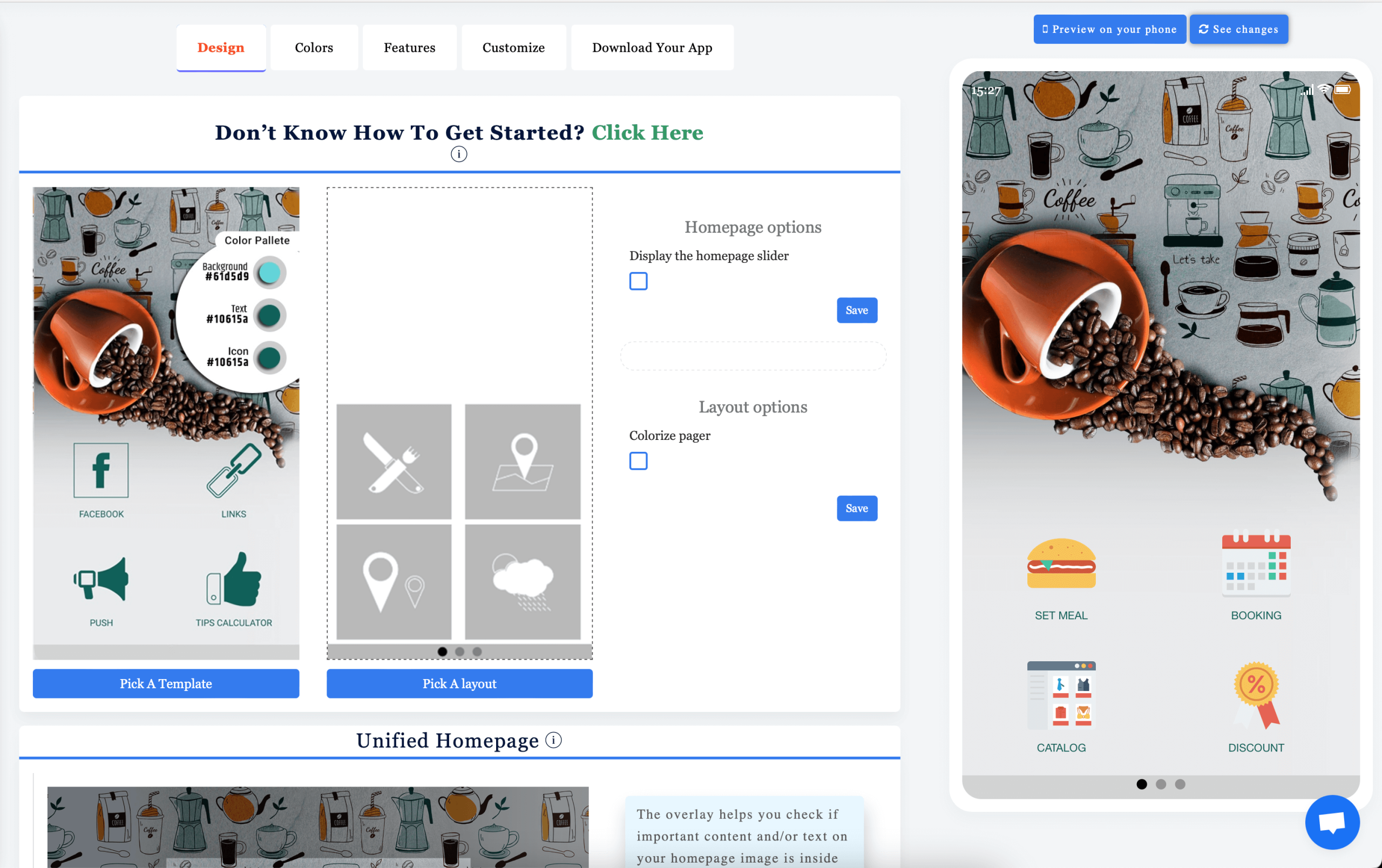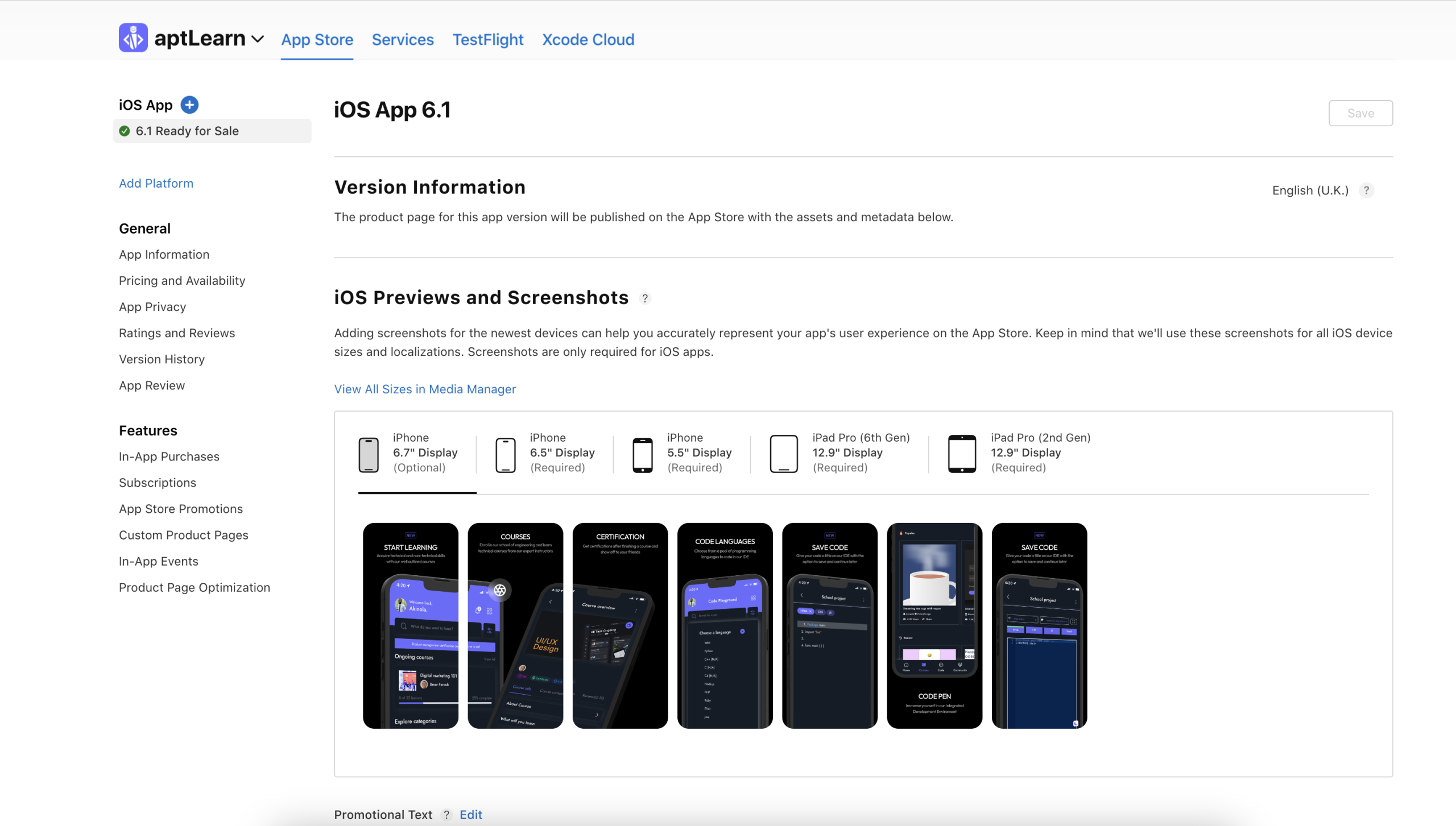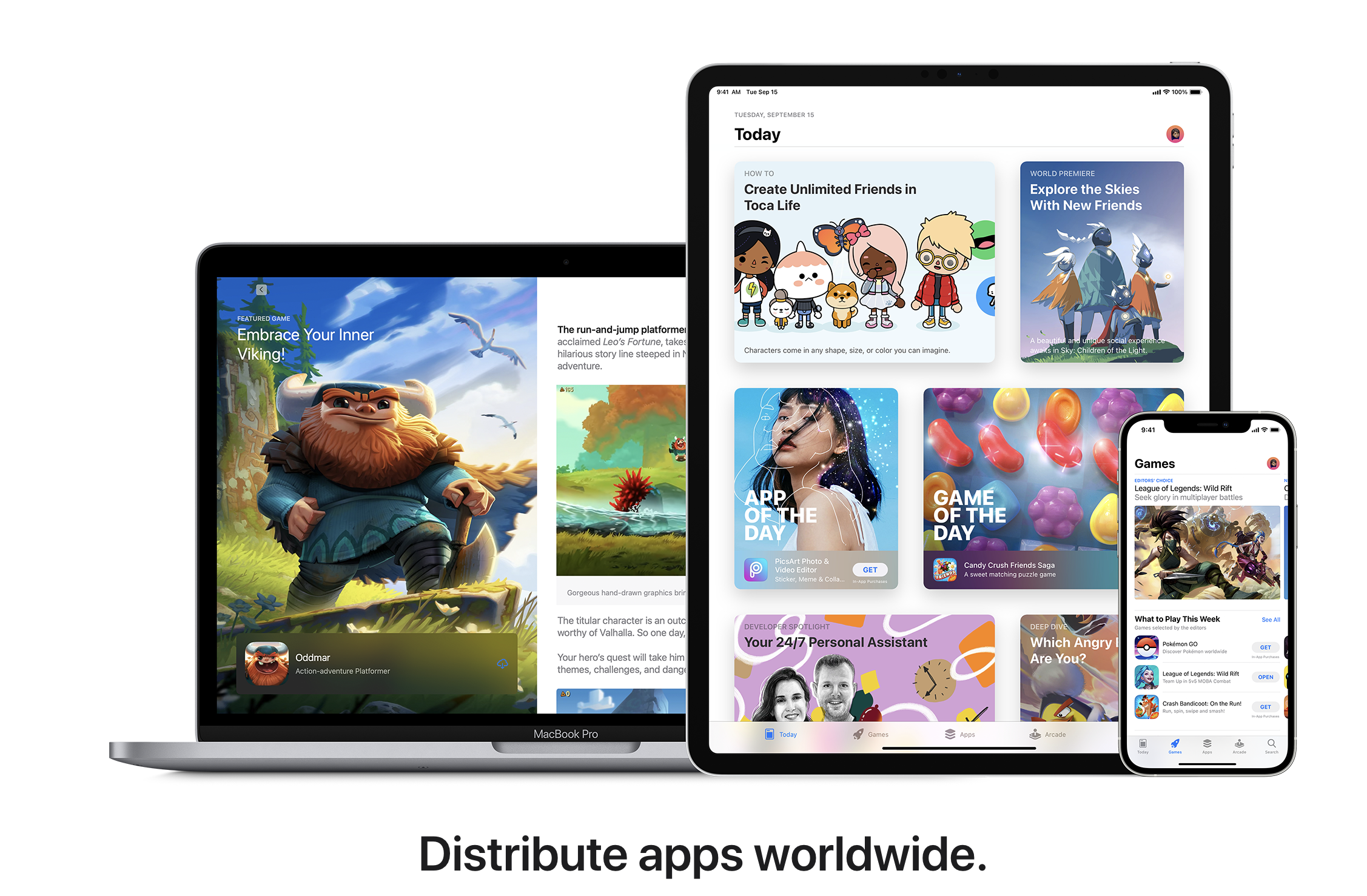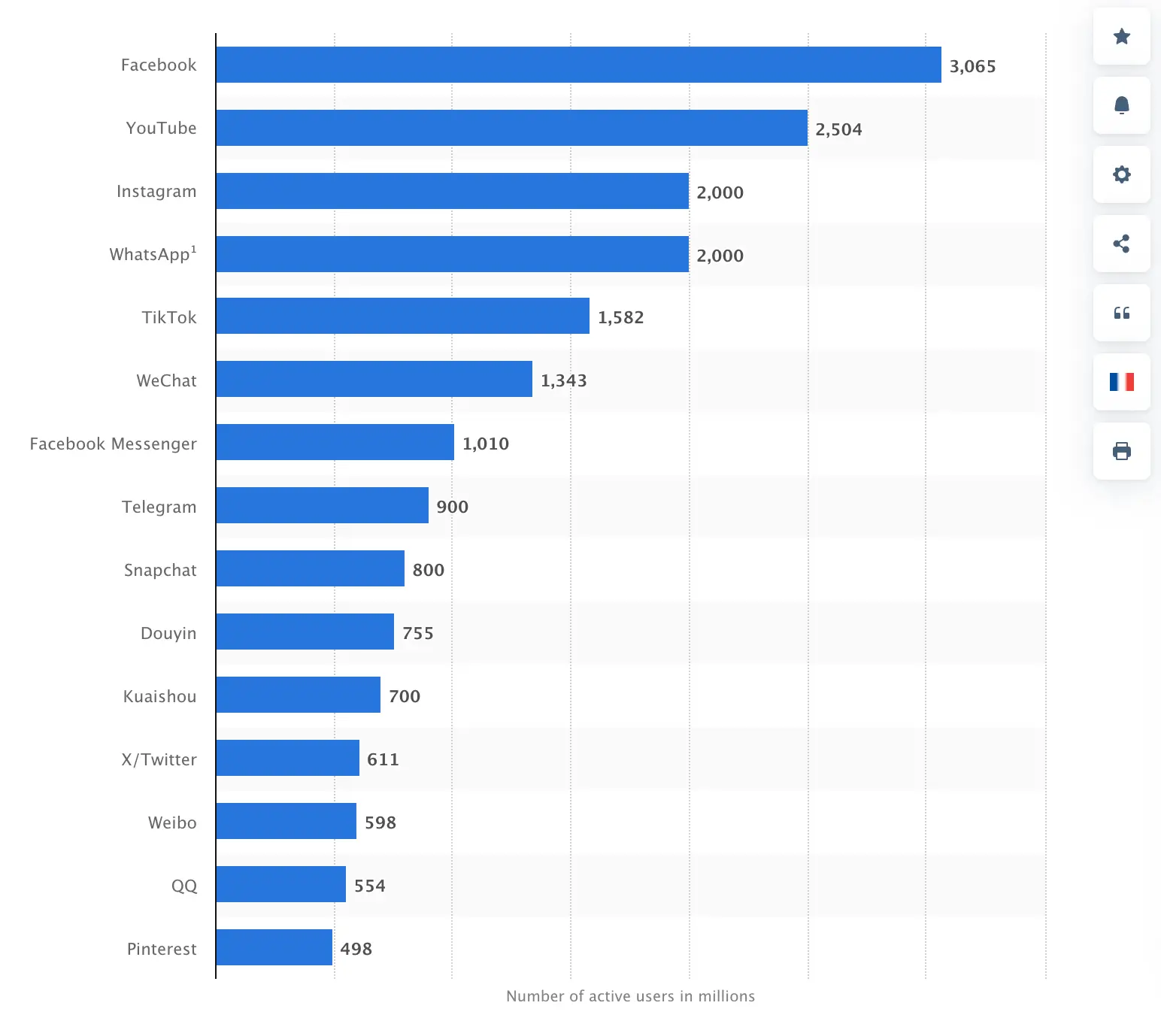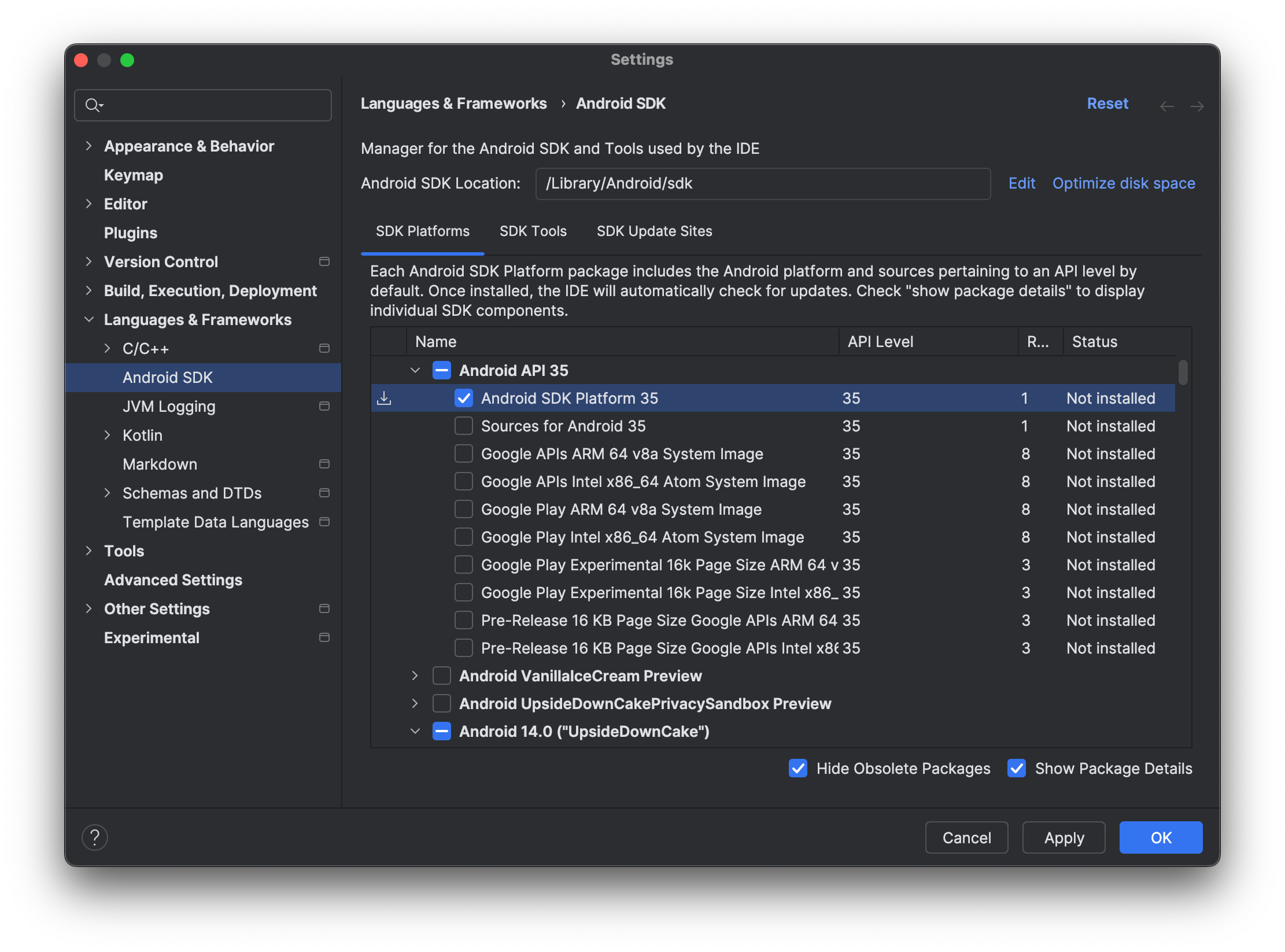Diving into mobile app development is an adventure filled with critical decisions, and surprisingly, one of the most impactful choices you’ll make is what to call your app.
It’s easy to underestimate the importance of an app name to regard it as just a final touch in a long list of to-dos. But seasoned app creators understand that app name does much more than fill a space on the app store. It’s the first glimpse users get of your app, a concise introduction to its personality and purpose.
👉🏾 Other Swiftspeed users also read: Swiftspeed App Maker: Build an app for free without Coding
In this article, we will consider all the key factors and ideas that distinguish some app names from the rest in a highly competitive app market. We will look into how the right name can be a powerful magnet for users’ attention, exhibit the functionality of your app, and become a key player in its success.
App Name Guidelines and Best Practices for Success
1st Point: App Name Brainstorming – Start with a Brainstorming Session
Much like sketching the first lines of a masterpiece, your app naming should start with brainstorming; the same way you did not rush into coding or using app builder tools like Swiftspeed to create your app immediately after your app idea came to you is the same way you should settle down to choose a name for your app. This initial stage is about letting your creativity flow and jotting down combinations of potential app names. To kickstart this process, focus on a series of questions that drill down into the essence of your app:
- What core function does your app serve?
- What sets your app apart from others?
- Are there unique features that define your app?
- In what ways does your app make life easier or better for the user?
As you ponder these questions, write down any descriptive words and phrases that pop into your mind. They could be about your app’s functionality, the features that make it special, or the feelings that you want your users to have so they will download it. This is an attempt to develop a short, catchy, and clear mix of words and phrases that will be relatable to your possible app users.
After you have a sizable collection of these terms, the next step is to experiment with different matches by combining your noted key terms together to see which one works for you. It is more about finding a name that will appeal to your audience, one that signals the best aspects of your app.
I was in your shoes a few months ago, trying to come up with a name for a product we’d later launch in Feb of 2022; it took about 48 hours for me and my colleague to agree on the final name, so maybe try to access your options with your colleagues or friends. It helps you with an outside perspective.
CASE STUDY:
Let’s suppose that your app is in the financial sector and provides consumers with advanced technology; the name should be trustworthy and creative. Start by brainstorming terms like finance, technology, and usability, which will help you to come up with ideas. Encapsulate in your app what makes you stand out – is it the speedy transactions or its user-friendly design? That is just what your extraordinary features are ― an inspiration for the upcoming names.
Example: Consider ‘ComFinance’ as the hypothetical app name, although, comfinance actually exists😉. It is simple to use, providing services and softwares that are related to commerce and finance. Furthermore, this concept also works when you are brainstorming about your app. Try to use a name that is not only pleasant to the ear but also carries the main function and user’s desire in its name.
Creativity is important, but realism must be balanced. If you have already decided on your app’s name, make sure it is available as a domain and that it will give you a chance to build your brand online. A name like ‘ComFinance’ has the advantage of not only being brief and relevant but also supporting a single identity for the brand. With this type of naming you build a brand name that reflects the main purpose of the app and is related to the expectations of its potential users.
source: comfinan.com
👉🏾 How do Free Apps Make Money in 2023? strategies Exposed
2nd Point: Choose A Concise App Name for Brevity
The challenge in naming your app lies in balancing being descriptive and succinct. Strategically inserting two or three keywords in your app’s title can be pivotal for ranking in both the Apple App Store and Google Play Store. However, there’s a character limit of 30, which means every letter must serve a purpose.
Apple, for instance, may allow up to 30 characters for an app title, but in search results, this often gets truncated to around 26 characters. Google Play has similar constraints, with titles sometimes being cut off in search results depending on the user’s device. This limitation underscores the importance of placing your most significant keywords at the beginning of your app’s title.
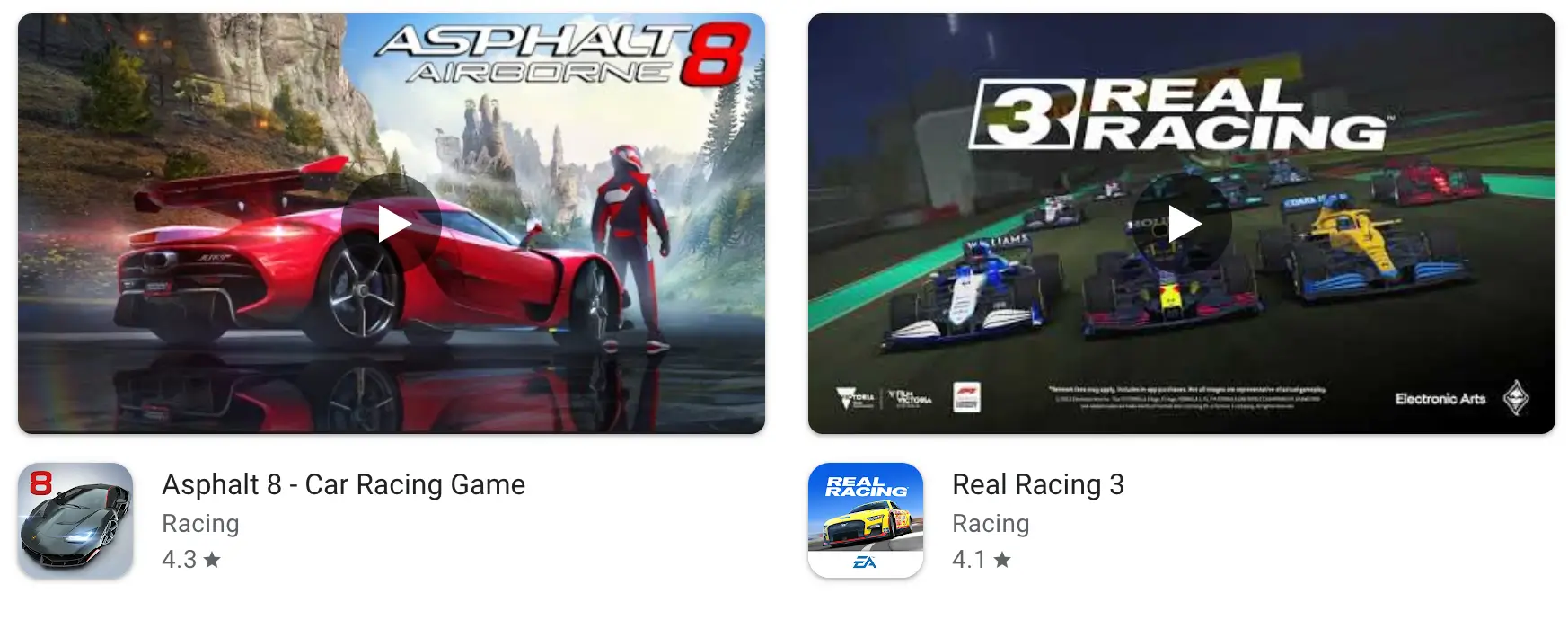
Focus on what’s essential. Pinpoint the keywords that resonate most with your audience and ensure they’re prominent in your app’s title. This approach isn’t just about adhering to character limits; it’s about ensuring that the first glimpse of your app is both impactful and memorable.
A concise, keyword-focused title is more than a technical necessity; it’s a strategic tool to boost your app’s visibility and appeal. In-app naming, the power of a few well-chosen words can make all the difference.
3rd Point: Balancing Simplicity and Uniqueness in Your App Title
Selecting the right name for your app is a balancing semblance between simplicity and uniqueness. It’s crucial to remember that your app name extends beyond the app store. After your app goes live on the App Stores, other independent APK and IPA distributing websites like ApkPure will automatically reintroduce it to a wider audience; the App name will be a part of your social media presence, it will feature in URLs, and be integral to your overall branding strategy.
Opting for an app name that’s overly complex or too long can backfire, leading to challenges in customer recall and potentially messy branding.
The ideal app name should be easy to pronounce, pleasant to the ear 🫡, and simple enough to stick in the minds of your users. However, simplicity should not come at the cost of uniqueness.
Before settling on a name, conducting a thorough search is essential to ensure it’s not already trademarked. This step is crucial to avoid legal complications and to comply with the policies of both Apple and Google.
For instance, Google Play explicitly states that an app title should not start with the name of another app. A name like ‘Photo Editor for Instagram’ is acceptable, but ‘Instagram Photo Editor’ could land you in hot water of app suspension.
Moreover, steer clear of names that are overly generic or widely used. Your goal is to choose an app name that stands out and encapsulates what your app is all about.
Take Amazon Music as an example; they enhance their brand name with a descriptive tagline, “Music for Artists,”‘ making what the app is for and what it offers very precise and clear. This approach to naming not only ensures compliance with app store guidelines but also aids in carving out a distinct identity for your app in a crowded marketplace

4th Point: Enhancing Your App Title with Strategic Keyword Usage
When putting your app’s title together, optimizing the space with a mix of branded and generic keywords is beneficial. While branded keywords are essential for identity, they often don’t utilize the full 30-character limit allowed in app titles.
Best practices recommend keeping your app title within 10-15 characters, which typically leaves room for incorporating one or two generic keywords. These additional keywords give potential users more insight into what your app does.
To differentiate between the two, branded keywords are those specific to your app’s brand identity, like ‘Spotify: Play Musics & Podcasts‘ for a music streaming app. On the other hand, generic keywords are broader terms that describe the app’s functionality or category, such as ‘Music Streaming’ or ‘Playlists.’

For example, if you’re developing a fitness app named ‘FitQuest,’ your branded keyword is ‘FitQuest.’ To enhance this, consider adding a generic keyword that describes its primary function or appeal, like ‘Workout’ or ‘Health.’ This could result in a title like ‘FitQuest: Daily Workouts,’ which is informative and optimized for searchability.
This strategy of blending branded and generic keywords not only helps clearly communicate your app’s purpose but also plays a significant role in improving its visibility in app store search results. The key is to select relevant generic keywords that are likely to be used by your target audience when searching for apps in your category.
👉🏾 13 Powerful Mobile App Monetization Strategy You Can Use in 2023
5th Point: Put High-Volume Keywords Alongside Your App Name
Combining high-volume, relevant keywords into your app title is a strategic move from an App Store Optimization (ASO) perspective.
This practice can significantly boost your app’s search traffic and reach, especially considering that the title carries substantial weight in the indexing algorithms of both the Apple App Store and Google Play Store.
When selecting generic keywords to add to your app name, you should first conduct thorough research on what your competitors are using in their own app titles. If you notice a trend of multiple competitors targeting the same keywords, it’s a strong indicator of their effectiveness and relevance in your app category.
This competitive analysis can provide valuable insights into which keywords will likely drive the most traffic for your app.
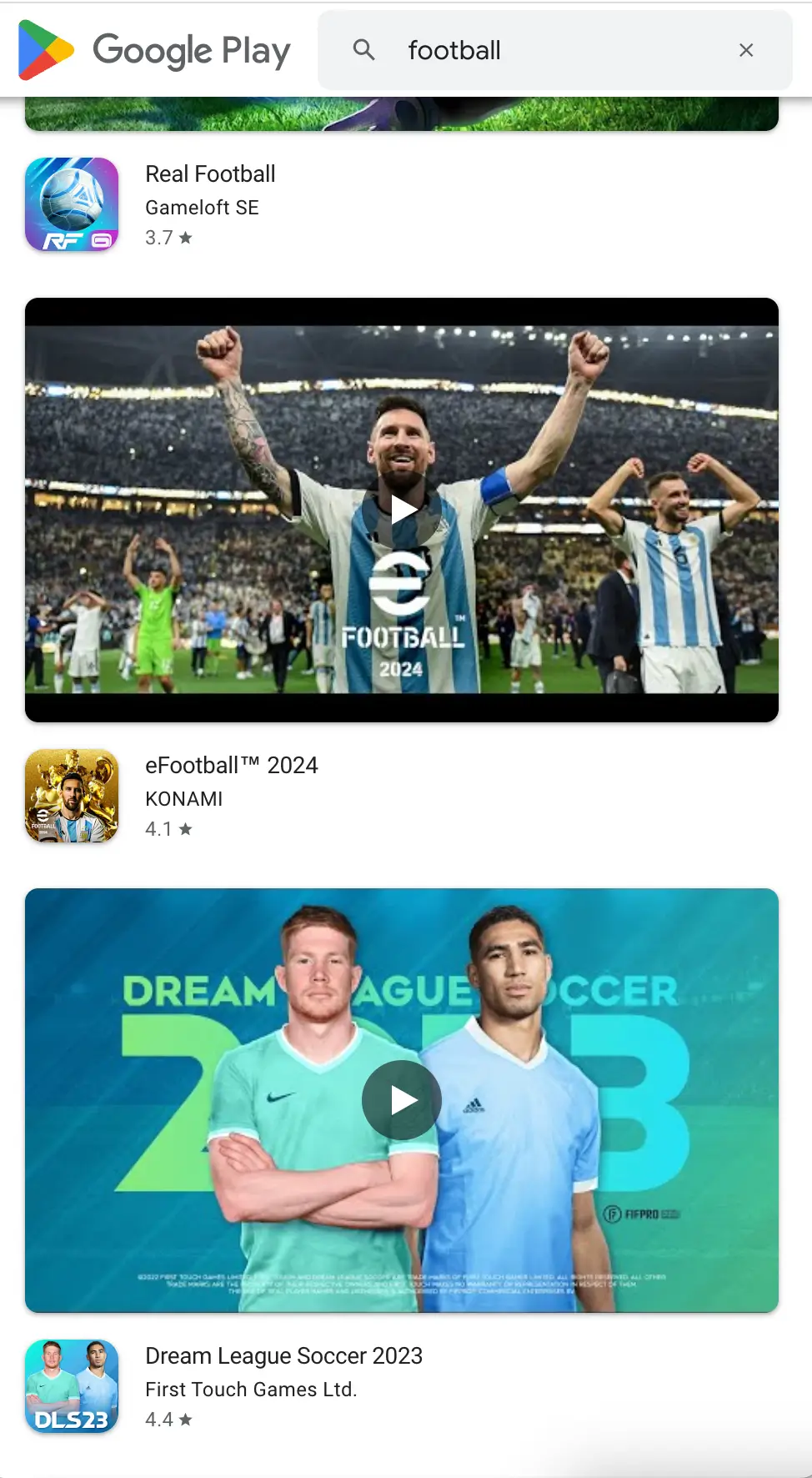
A title enriched with carefully chosen keywords does more than improve your app’s visibility; it succinctly communicates the core value proposition of your app to potential users. However, it’s crucial to strike a balance between this and your app name. Overloading your title with keywords can lead to a decrease in conversion rates, which can negatively impact your app’s ranking in search results.
The goal is to integrate high-volume keywords in a way that feels natural and aligns seamlessly with your app’s branding and functionality. This approach ensures that your app not only stands out in search results but also resonates with the needs and interests of your target audience.
6th Guide: Maximize Your App Description within Character Limits Without Misleading
Efficient use of the limited character space in your app title is crucial for significantly impacting and ranking higher on the App Store. With only 30 characters at your disposal, focusing on relevant, high-volume keywords that accurately represent your app is important.
It’s advisable to avoid common keywords such as “free,” “app,” or “best,” as well as broad category terms like “health” or “casual.” In fact, Apple will specifically reject your app if you add the word “free” to the app title.
These terms are often automatically associated with apps by platforms like Apple’s App Store already; therefore, including them in your title doesn’t add value and instead takes up precious space. Additionally, you should refrain from using special characters in your app name. Apple’s indexing system doesn’t account for these, making them effectively redundant.
Google Play has similar guidelines. Terms like “free,” “top,” “best,” and “#1” are discouraged in app titles. Furthermore, neither apps nor games on Google Play should use keywords, graphics, or other elements in their titles that suggest store performance, rankings, awards, or promotional calls to action.
This approach ensures that your app title is compliant with store policies and focused and clear in its messaging. The goal is to convey the essence of your app succinctly and accurately without resorting to potentially misleading or redundant terms. Doing so enhances the chances of your app resonating with the right audience and performing well in app store searches.
👉🏾 17 Best On-Demand Mobile App Ideas for Startups in 2023
Last Guide: Use App Name Localization for Global Reach and Broader Audience
Localizing your app title is a key step when preparing your app for a global audience. This process involves more than just translating your app’s metadata and graphic assets; it requires a deep understanding of your international users’ search behaviors and cultural nuances.
Localization is about adapting your app to meet the linguistic and cultural expectations of different regions you want customers from. This means researching and identifying the keywords most relevant and commonly used by your target audience in each country.
The goal is to optimize your app title in a way that resonates with local users, enhancing discoverability and relevance in their native app stores.
However, it’s crucial to approach localization with sensitivity. Ensure that your translated titles are culturally appropriate and free from any language that could be perceived as hate, rude, inappropriate, or carrying negative connotations in the target language. This might involve consulting with native speakers or localization experts to ensure accuracy and appropriateness.
By localizing your app title effectively, you increase its appeal to a broader audience and demonstrate respect and consideration for different cultures. This can significantly enhance user engagement and foster a positive brand image globally. Remember, in the world of apps, being culturally aware and sensitive can be just as important as being technically proficient.
Make an app with Swiftspeed Appcreator
Create premium apps without writing a single line of code, thanks to our user-friendly app builder. Build an app for your website or business with ease.
Wrapping Up
Having read these comprehensive points on how to give your app the perfect name, naming your mobile app shouldn’t be hard or complicated. App naming is a blend of art and science, creativity and strategy. Each of the tips we’ve discussed plays a crucial role in formulating a name that captures the essence of your app and positions it for success.
From brainstorming a name that resonates with your app’s core functionality and uniqueness to ensuring it’s concise, simple, and yet distinctive, every aspect of the naming process demands careful consideration.
Optimizing your app title with the right mix of branded and generic, high-volume keywords can also significantly enhance its visibility and appeal to the audience that your app needs. It’s about making every character count, avoiding redundancy and misleading text, and adhering to the guidelines of app stores.
Moreover, the global nature of the app market calls for thoughtful localization of your app title; although this is a recent development, it can skyrocket your app’s success in no time and project your brand for the future. It isn’t just about translating words; it’s about understanding and respecting the cultural nuances of your diverse user base. A well-localized app name can bridge cultural gaps and make your app more accessible and appealing to users worldwide.
The app name you choose is its first introduction to potential users and a critical element of its identity. It’s a decision that requires your creativity, strategic thinking, and cultural awareness. By following these guidelines, you can create an app name that stands out and forms a strong foundation for your app’s branding and marketing efforts. Remember, a great app name is more than just a label; it’s the first step in telling your app’s unique story and connecting with your audience on a deeper level.

